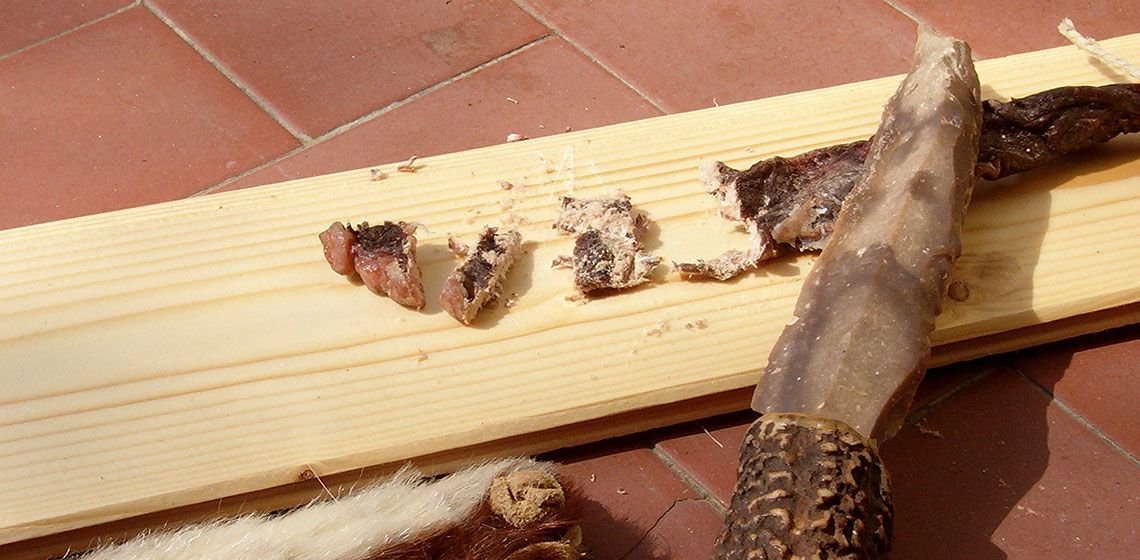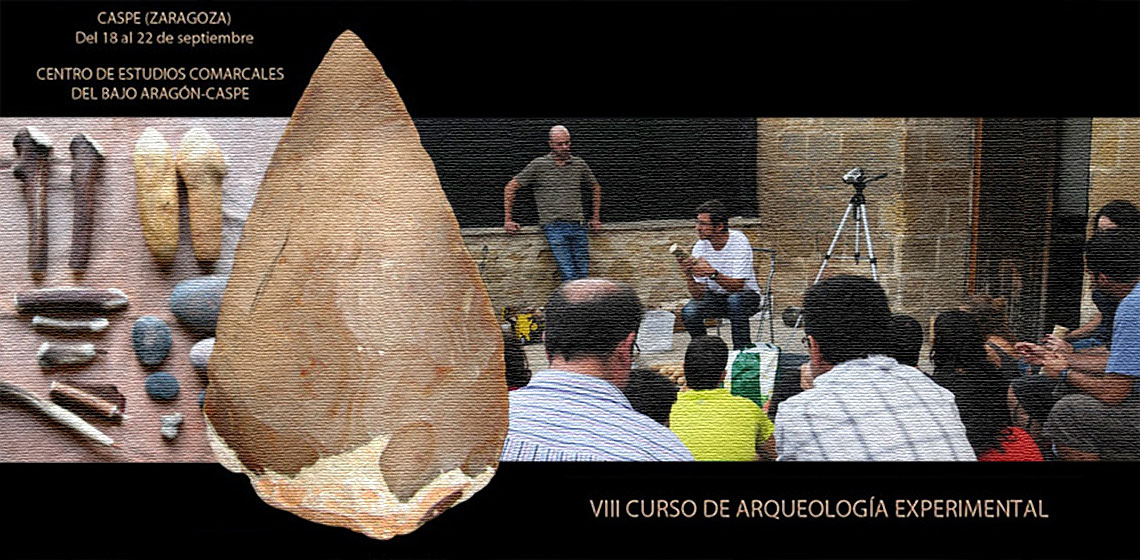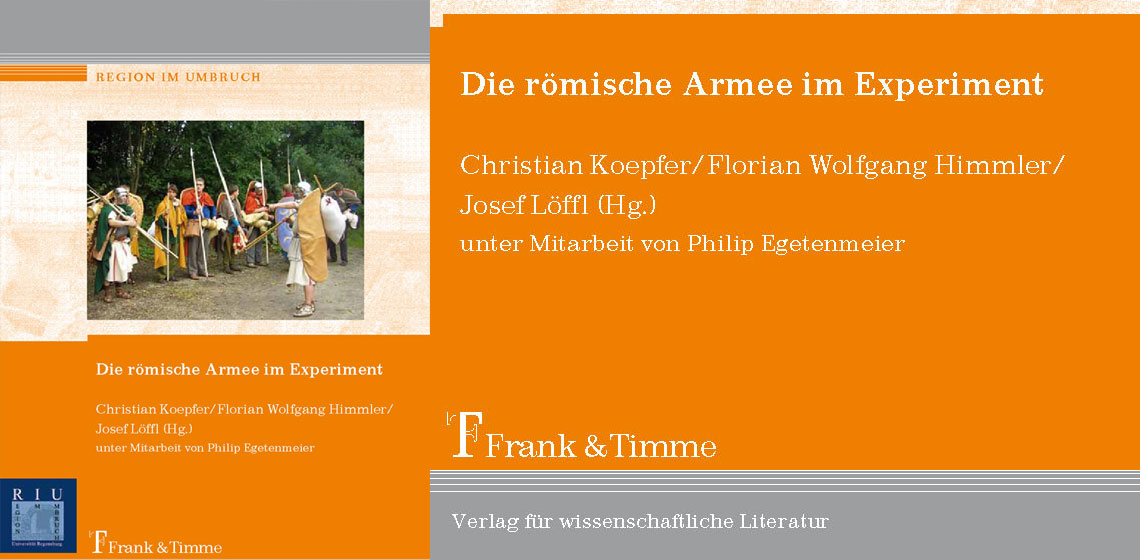EXARC Journal Issue 2013/1



14 Articles | DOAJ | Open Access
ISSN: 2212-8956
Publishing date: February 15, 2013
📄 EXARC Journal 2013/1 Table of Contents
Copyrights: EXARC, 2013
Summary
This year’s first EXARC Journal: 2013/1 got published, containing 14 articles. While we review six conferences and two books, the Peer-Reviewed articles are about Roman hairdo’s (this even reached the Wall Street Journal), bronze casting and drying meat. Take a look as well at the ancient village of Gene (Sweden) or theory and practice of museums, an American view.
"Sophisticated cutting is essential to duplicating the Fonseca style, but the styling techniques (back combing and stitching) make it long lasting and therefore wearable."
Reviewed Articles
Experimental Lime Burning Based on the Findings from the Roman Empire Period
In 2006 the remains of two lime kilns from the Roman Empire period were discovered in Tuněchody near Chrudim in the Czech Republic. These finds became the object of a detailed multidisciplinary research project resulting in hypotheses on the use of the kilns. Based on these hypotheses experimental research was designed (Thér et al. 2010)...
Drying Meat Today as During the Late Glacial Period
The Quality of the Craft
Crafting the Past: Theory and Practice of Museums
Recreating the Fonseca Hairstyle
Gene Fornby - the Ancient Village of Gene
I have for years, through articles, debate and political activities, been a very active part in the efforts to preserve Gene Fornby from demolition. The cause seemed long doomed to be lost, but in the end the saving-line won. Therefore the longhouse and the smithy, in my opinion the important reconstructions, will be preserved and restored.















